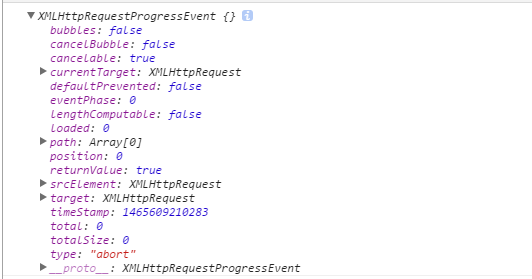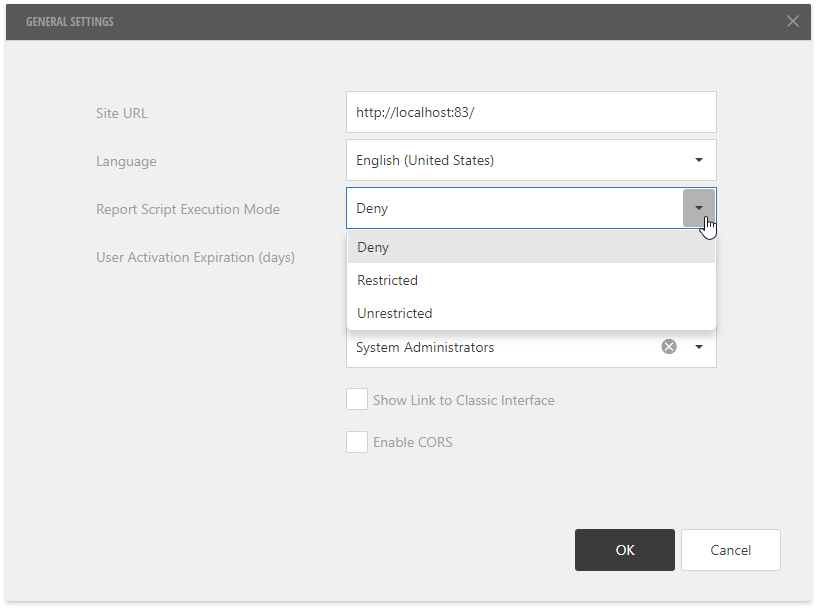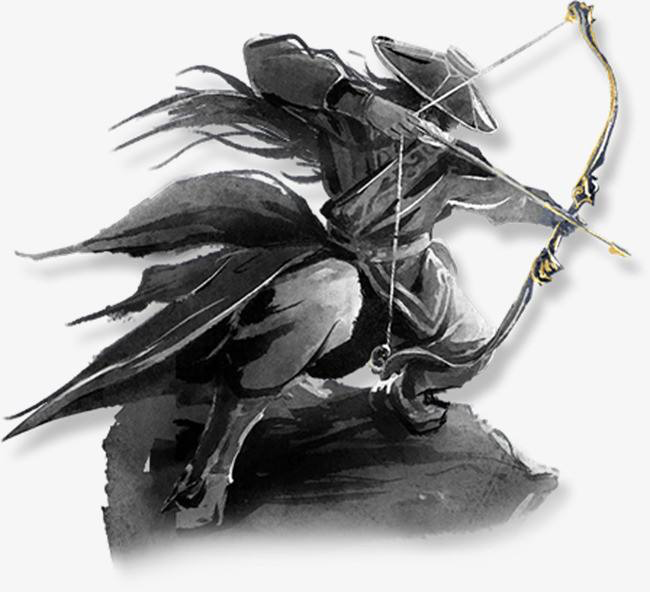Is there a way to create a similar effect to excel's conditional formating -> color scales in order to present a table in grid.table/tablegrob object? The color indicator should be red for the lower values and green for the higher values in the column.
That object format is needed so the table can be presented in grid format along with plots.

Thank you.
You can do this within tableGrob. You create a vector of colours, and then assign these to the cells.
So using the data from clemens's answer:
library(gridExtra)
library(grid)
# define colour vector
# change `vec` argument of `findInterval` to suit your cut-points
cols <- c("red" ,"orange", "green") [findInterval(my_data$Balance, c(-Inf, 1e4, 2e4, Inf))]
# or
# https://stackoverflow.com/questions/34517031/red-amber-green-sequential-palette-for-treemap-in-r
cols <- colorRampPalette(c("red", "yellow", "green"))(nrow(my_data))[rank(my_data$Balance)]
# create tales individually for each column
# this make it easy to assign colours to rows
t1 <- tableGrob(my_data["Balance"],
theme=ttheme_default(
core=list(bg_params = list(fill=cols)),
colhead = list(bg_params=list(fill="white", col="grey90"))),
rows = NULL)
t2 <- tableGrob(my_data["ID"],
theme=ttheme_default(
core=list(bg_params = list(fill="white", col="grey90")),
colhead = list(bg_params=list(fill="white", col="grey90"))),
rows = NULL)
# join tables
tab <- gtable_combine(t2, t1)
# grid.newpage() ; grid.draw(tab)
# if also want to add black border
# https://stackoverflow.com/questions/31506294/gtable-put-a-black-line-around-all-cells-in-the-table-body
library(gtable)
tab <- gtable::gtable_add_grob(tab,
grobs = rectGrob(gp=gpar(fill=NA, lwd=2)),
t = 1, b = nrow(tab), l = 1, r = ncol(tab))
grid.newpage() ; grid.draw(tab)
The most natural solution for that is to use a heatmap()?
heatmap(data.matrix(mtcars))
Would yield a heatmap with some default color options. You can change the color using an additional parameter (e.g col = cm.colors(256)) or your own color palette to achieve the desired output.
 ,
,
You could use tableHTML for that:
library(tableHTML)
for the dataset:
set.seed(666)
my_data <- data.frame(ID = 101:117,
Balance = sample(-1000:60000, 17))
ID Balance
1 101 46237
2 102 11030
3 103 58657
4 104 11280
5 105 21034
6 106 44296
7 107 58697
8 108 29381
9 109 -188
10 110 14854
11 111 46322
12 112 -2
13 113 4839
14 114 7670
15 115 11875
16 116 48475
17 117 1228
You can than create an HTML table using the tableHTML() function. Then apply a colour rank with theme RAG to the 2nd column of the table:
my_data %>%
tableHTML(rownames = FALSE,
widths = c(50, 100)) %>%
add_css_conditional_column(columns = 2,
colour_rank_theme = 'RAG',
decreasing = TRUE)
The result looks like this:

A solution I found was to do the following.. this only works if the data is in order and you list the count of rows(17 based on your screenshot):
theme=ttheme_default(
core=list(bg_params = list(fill=blues9[1:17]) or
theme=ttheme_default(
core=list(bg_params = list(fill=blues9[1:17])
Hope that helps. I am also seeking for alternatives myself





